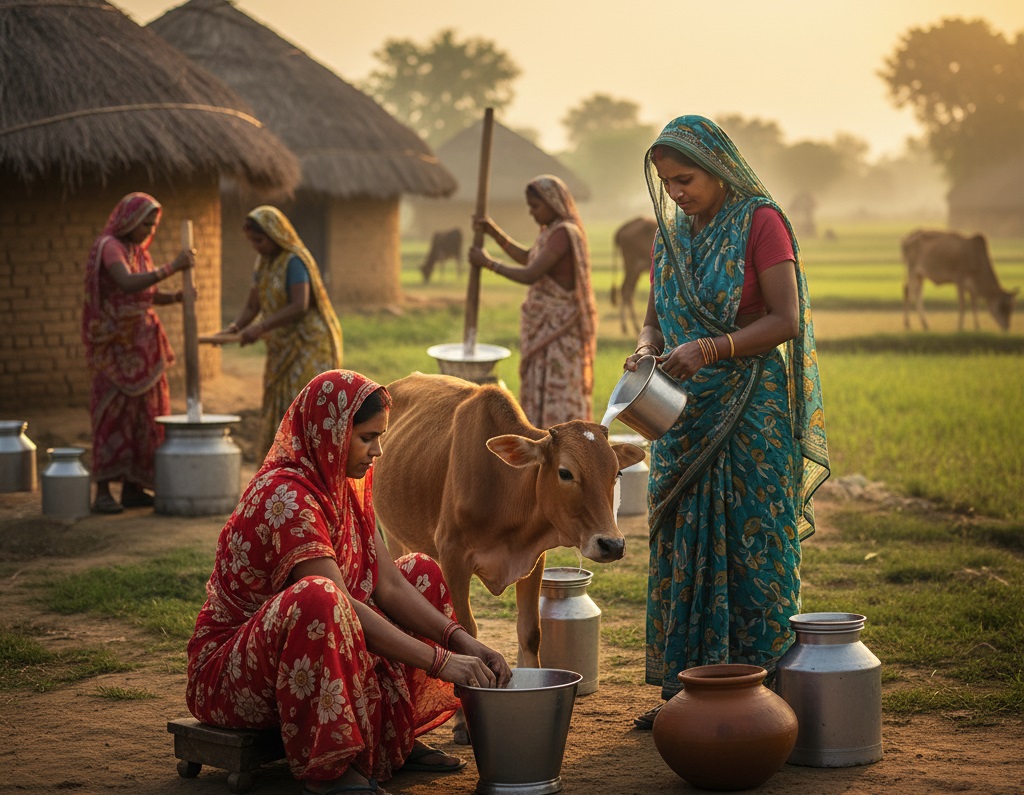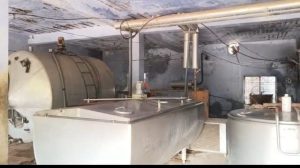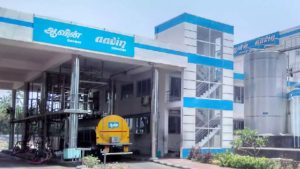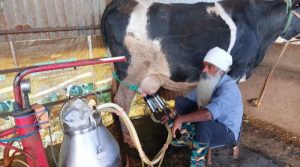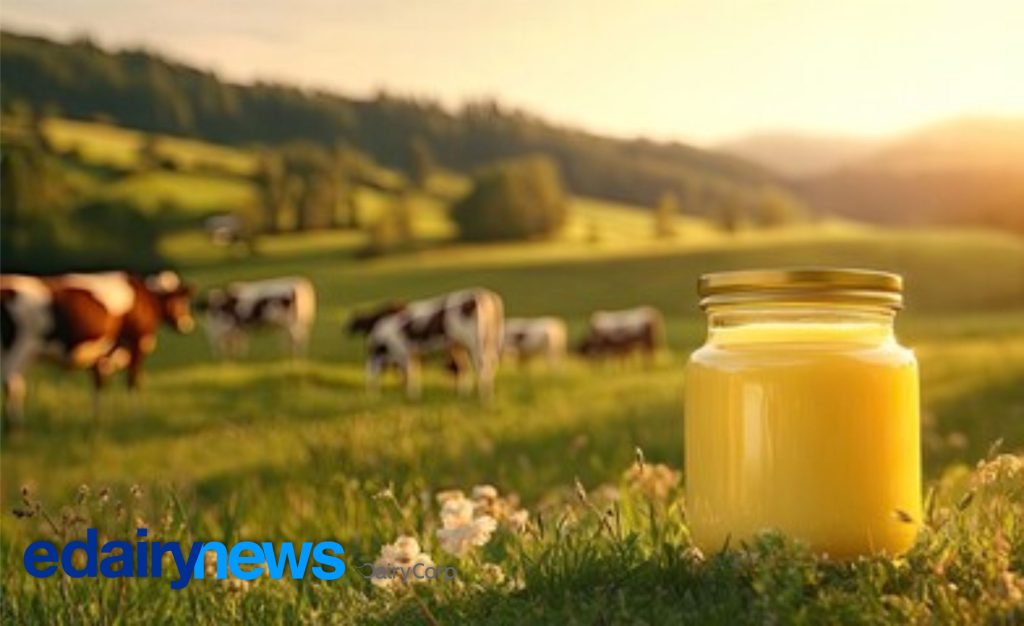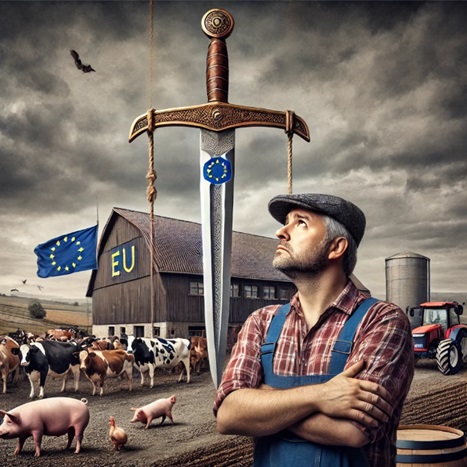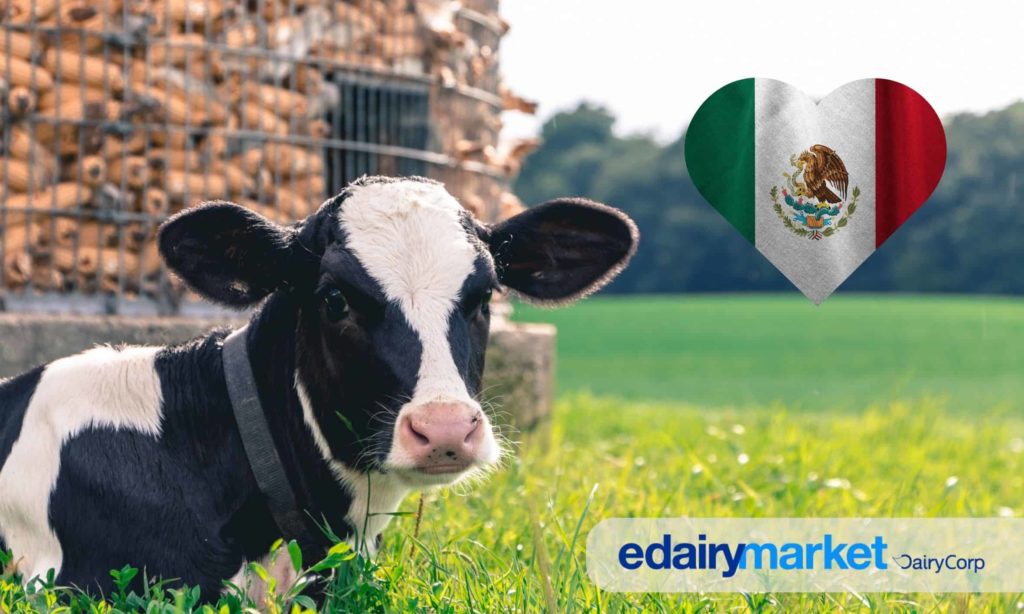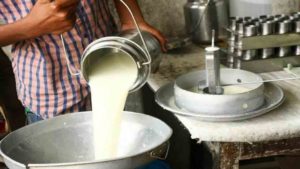
Sector drives rural livelihoods and nutrition with 48% rise in per capita milk availability and the ambitious White Revolution 2.0.
India‘s dairy sector stands as a pivotal cornerstone of the national economy, contributing 5% to the national GDP and serving as the country’s largest single agricultural product. As the world’s leading milk producer, India accounts for nearly a quarter of the global milk supply. The sheer scale of growth is remarkable: over the past decade, milk production surged by 63.56%, rising from 146.3 million tonnes in 2014–15 to 239.3 million tonnes in 2023–24. This expansion ensures nutritional security and directly provides income to over eight crore farmers, making it a key engine for inclusive growth.
The transformative impact on rural livelihoods is underscored by major improvements in availability and productivity. Per capita milk availability has increased by 48%, reaching over 471 grams per person per day in 2023–24. Central to this success is the bovine population of 303.76 million, whose productivity increased by 27.39% between 2014 and 2022—the highest growth rate recorded globally. Government initiatives like the Rashtriya Gokul Mission (RGM) and the Livestock Health Disease Control Programme (LHDCP) support this growth through veterinary care, mobile units, and ethno–veterinary medicine. The cooperative model is a major force behind this structural success. The extensive network encompasses 22 milk federations and 241 district unions, covering approximately 2.35 lakh villages and serving 1.72 crore farmers. Crucially, the sector is a champion of women’s empowerment, with nearly 70% of the dairy workforce being women and NDDB Dairy Services actively supporting women-led Milk Producer Organisations (MPOs), benefiting over 1.2 million producers in 35,000 villages.
Scientific breeding is another critical driver, with Artificial Insemination (AI) being key to increasing milk yield. In 2024–25 alone, 565.55 lakh AI procedures were carried out. Advanced reproductive technologies, including IVF labs and the use of sex–sorted semen, are increasingly focused on maximizing the number of female calves. Furthermore, Multipurpose AI Technicians in Rural India (MAITRIs) are being trained to deliver crucial breeding services directly to the farmer’s doorstep, strengthening the dairy supply chain at the grassroots level.
This foundation of success is now paving the way for the next stage of transformation, White Revolution 2.0, launched in 2024. This ambitious plan aims to further strengthen cooperatives and empower women, with a target of increasing milk procurement by cooperatives to 1,007 lakh kg per day by 2028–29. Key goals include forming 75,000 new dairy cooperative societies and promoting sustainability and circularity through multi-state cooperative societies managing cattle feed, organic manure production, and waste utilization, ensuring the long-term vitality of the agribusiness sector.
Source: Access the complete report on India‘s dairy sector development from DD News.
You can now read the most important #news on #eDairyNews #Whatsapp channels!!!
🇮🇳 eDairy News ÍNDIA: https://whatsapp.com/channel/0029VaPidCcGpLHImBQk6x1F
